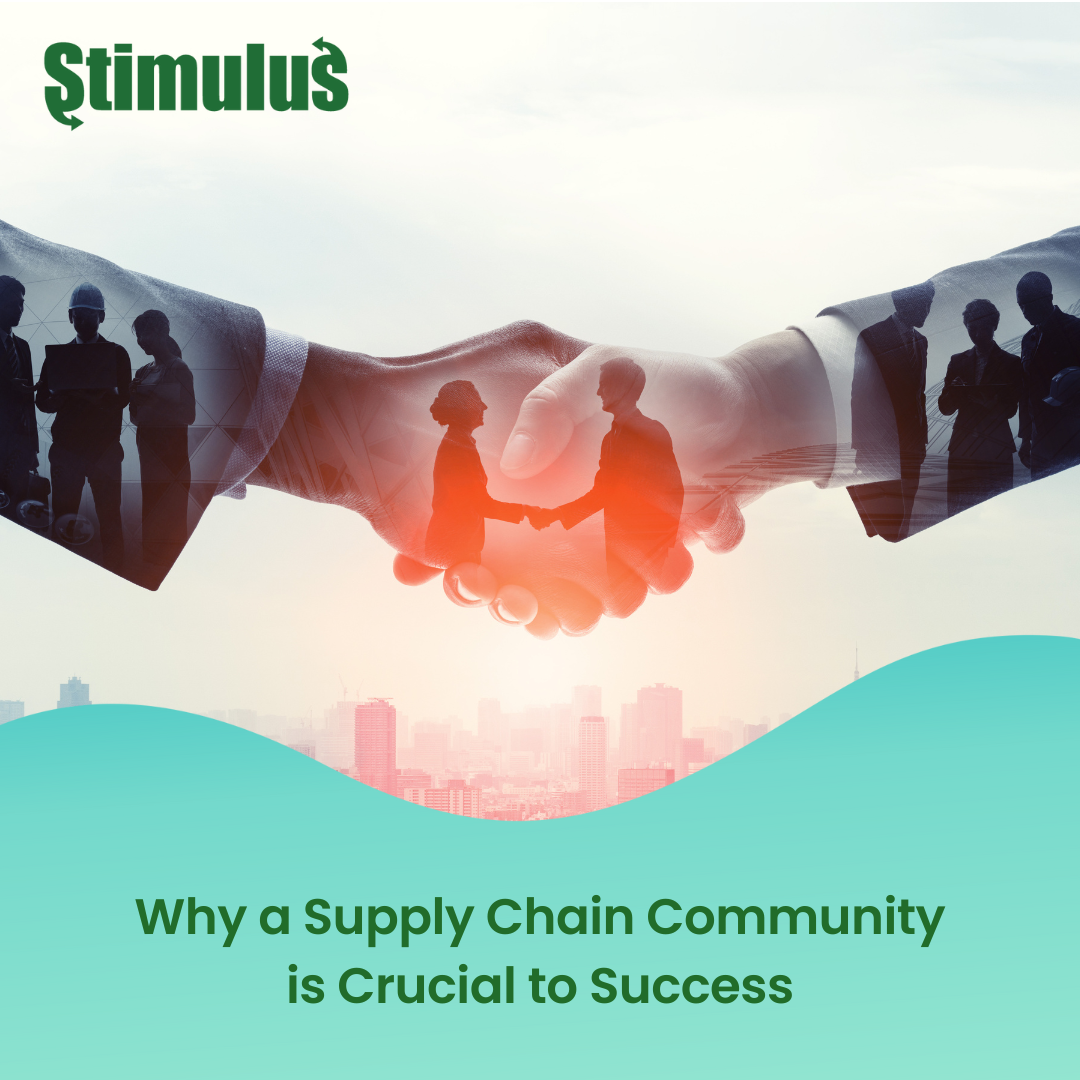Coffee is something that can be found on the counters and in the cups of practically every home, workplace, restaurant, and event beverage tables across the world. This smokey and caffeine-rich drink comes in various flavors, roast levels, and qualities, but one thing always stays the same — the universal love for this drink in just about every civilized society for hundreds of years. But, where does coffee come from, and how is it transformed from a simple plant on a farm into a beloved drink found in all shapes and sizes?
As part of the new supply chain journey series by Stimulus, we’ve chosen to break down the entire journey of a coffee bean from farm to cup to show exactly what passion and effort goes into every ounce of this drink, literally. Without further ado, let’s analyze this delightful brew and see what makes it so incredible below.

On the Farm
Before anything can be done to transform coffee into the warm beverage everyone knows and loves, this plant must be nurtured and raised by expert farmers in regions such as Brazil, Colombia, and Ethiopia.
These farms are roughly 1 or 2 hectares (each hectare= ~2.5 acres) of land. Their small operations make their products higher quality but more difficult to supply consistently and more expensive.
Coffee begins as a seed that is planted in large beds in shaded nurseries. These plants are watered frequently and shaded regularly during the wet season so the soil stays moist and fertile.
It takes roughly 3 to 4 years for these plants to bear what is referred to as ‘the coffee cherry.’ On average, these plants are harvested only once a year, except for in Colombia where there is a main and secondary crop harvest each year.
A good farm worker can average 100 to 200 pounds of coffee cherries a day. This haul produces 20 to 40 pounds of coffee beans and, with typically 10–20 workers per farm, a farm can comfortably pick up to 800 pounds of coffee beans each day. Depending on the farm, the crop is either strip picked or selectively picked and then, the processing method can begin at last.

It’s a Process
Usually, the processing of coffee is a collective effort between growers, other processors, and co-ops. Each group invests in the equipment making it accessible to them for their product.
The processing of the coffee cherries must begin immediately to avoid damage to the coffee beans. Either the dry or wet method can be used depending on the farm and type of beans being harvested.
With the dry method, the cherries are spread out on large tarps on the ground to dry in the sun while workers rake and turn them daily to prevent spoiling. The cherries are also covered at night or in the rain so they dry completely and don’t become wet at all. The next time you look at a bag of expensive coffee, just remember that this one process alone can take several weeks as the cherries must have a moisture content of 11% or less to be viable for the next steps.
In the same regard, the wet method takes time, equipment, and a diligent process to complete properly. First, a pulping machine separates the skin of the ‘cherries’ from the actual pulp of the bean. Next, the beans are passed through water channels and separated by weight. The light beans float while the heavier beans sink. This allows them to be separated by size.
Once this process is complete, water-filled fermentation tanks hold the beans anywhere from 12 to 48 hours to remove the slick layer still attached to the parchment. After this process, the beans will feel rough to the touch and ready to be dried post-rinse. Once dried, these beans are referred to as parchment coffee, and are warehoused in jute or sisal bags.
Finally, the beans are hulled, polished, graded, and sorted until only the best beans that resemble those found in your average grocery store are left. This is when the inspection and exporting processes can at last occur.
Inspection and Transportation are Vital
As with any export, the coffee must be inspected before it can be sent off to other countries such as America. From buying to transporting to selling, intermediaries take on the next step of this process. Then, government agents often buy the coffee from processors and sell it through auctions for export.
The inspection process merely analyzes the quality of the beans, the processing they underwent, and whether or not they are okay for consumption by others. If they are approved, they can then be sold and exported accordingly.
Time to Export
Exporters buy different types of coffee beans from co-ops or auctions, then sell it to the suppliers and brokers. The demand for coffee is year-round, but the market is expected to grow annually by 5.8%.
Once individuals purchase the coffee, the milled beans (green coffee) are loaded onto ships in containers lined with plastic. Each container is made up of jute or sisal bags filled with beans. Depending on where these containers are shipping from, it could take anywhere between 2 days to 2 weeks for them to arrive.
Supplying the Demand
Once the coffee has reached its destination, suppliers then sell the coffee beans to roasters in the appropriate quantities at a previously agreed upon price. According to Bellwether Coffee, “Wholesale roasted coffee beans typically cost between $8 per pound for commodity beans and $14 per pound for specialty coffee beans.”
Suppliers that live in the same country or area as their customers are best as they are more likely to charge less for the delivery and purchasing fees based on ease of delivery and distance alone. This is why supply chain management is vital for success and expense tracking as a startup or small company especially.
Roasters and Retailers Rejoice!
The final step in the coffee supply chain journey is delivery to the roasters and retailers looking to offer this coffee in their shops and stores. Grocery stores, coffee shops, restaurants, and online brands all benefit from this system, so rejoice, coffee lovers!
With a cup of joe and a supply chain well managed, every link in this finely tuned chain can sit back and relax (when the caffeine wears off, of course).
Stay tuned for more supply chain journeys to come, and feel free to watch the ‘How It’s Made: Coffee’ episode below to see some more of this journey in action:

.png)

.png)
.png)
